- Joined
- Feb 11, 2016
- Messages
- 2,541
The BladeForums.com 2024 Traditional Knife is available! Price is $250 ea (shipped within CONUS).
Order here: https://www.bladeforums.com/help/2024-traditional/
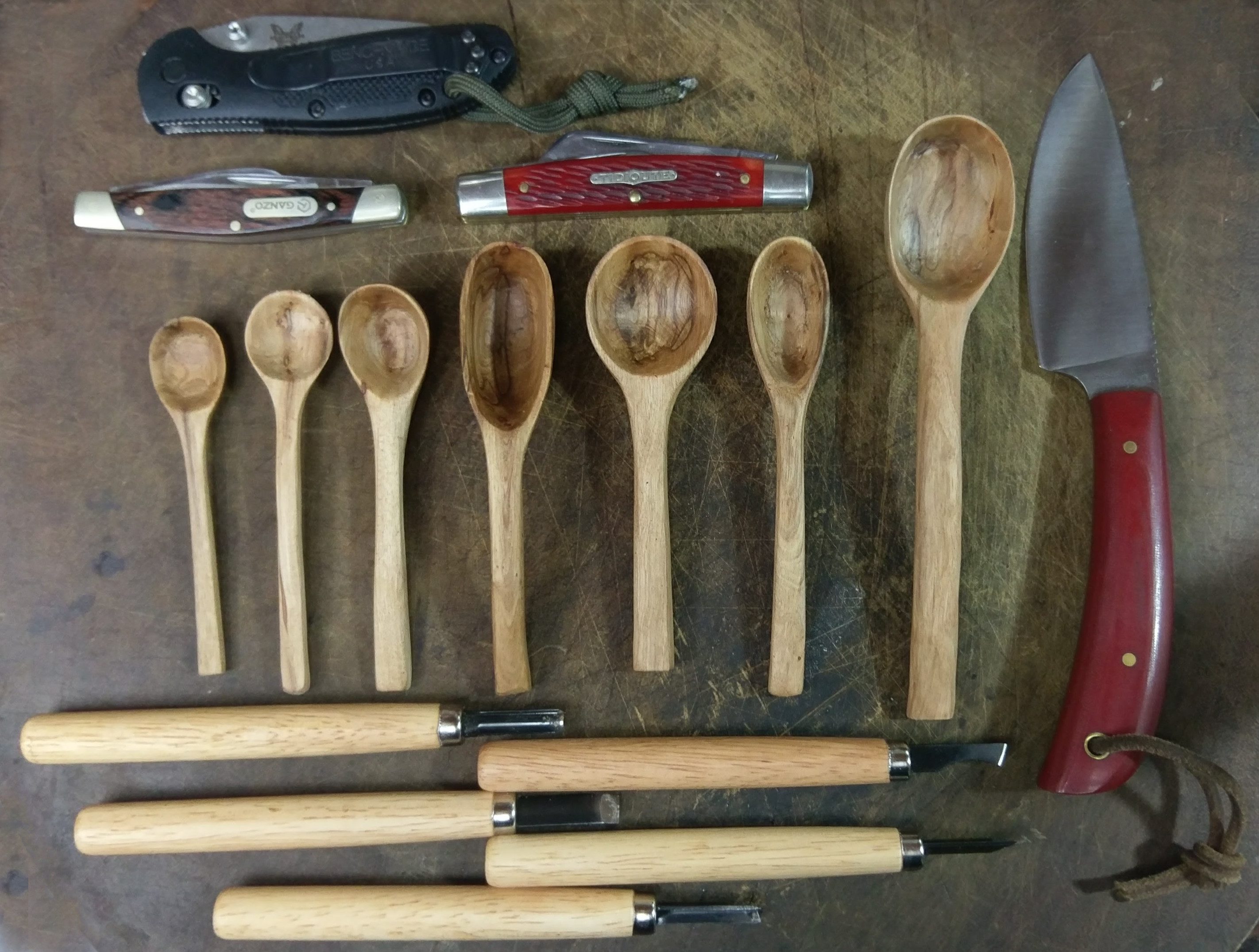

I'm gonna have to try and make a wooden spoon. What's a good wood to use, something had enough and won't ad any taste to the food?


I am having a little trouble with getting my photos to show up in preview.Birch is good wood for spoons
Alder is ok if you can't get birch
I recently made a couple out of apple wood. It is hard, but the spoons came out OK.
If you want to use the spoon, avoid basswood, and any wood from conifers - the resin will taint your food.
Nice work guys! Thinking about getting into whittling lately... I carved up a pencil with a Buck 301 today and it was fun. Not pretty but relaxing haha.
Any recommendations for a first project? I plan on picking up a few blocks of basswood and some fallen pine branches.
Hard to say from here, but at a guess I'd say your edge is too thick (most factory edges are) and quite possibly at too large an included angle (most factory edges are) and very likely too dull (every factory edge I've ever seen in person was). There is also the learning curve about how the wood grain affects cutting. When you are going against the grain rather than with or even across it, the edge will tend to dig in and split the wood. I'd start by sharpening the blade(s) you intend to use at a very low angle - 10 degrees per side or even less. Then see how it cuts on your wood.
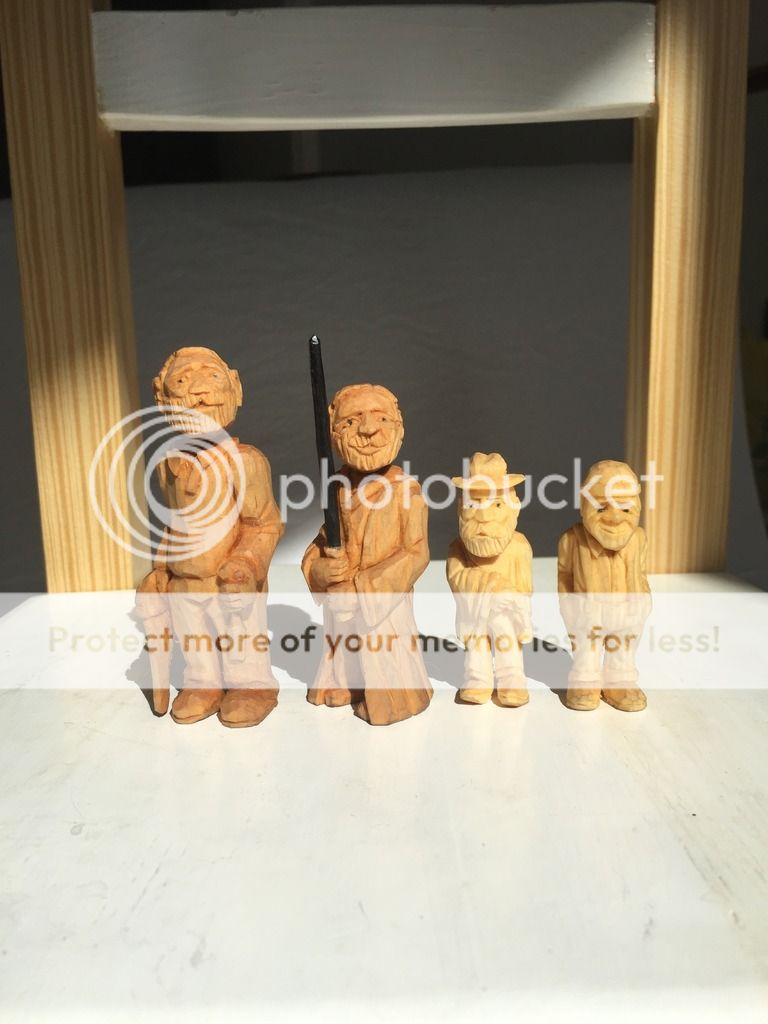
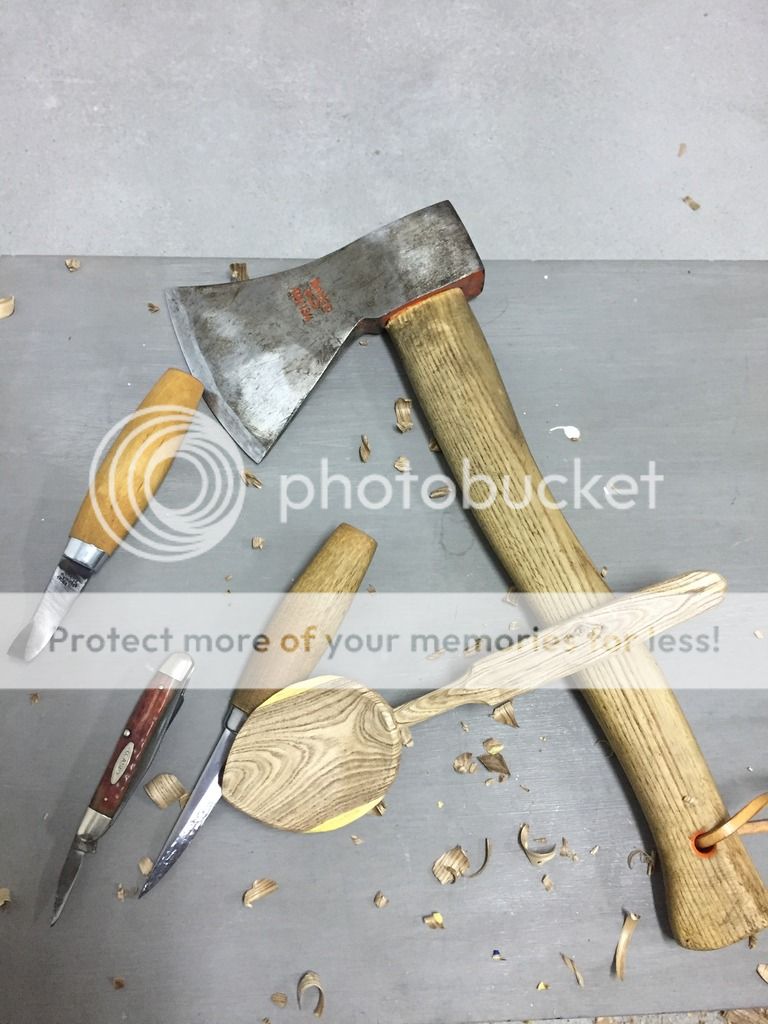
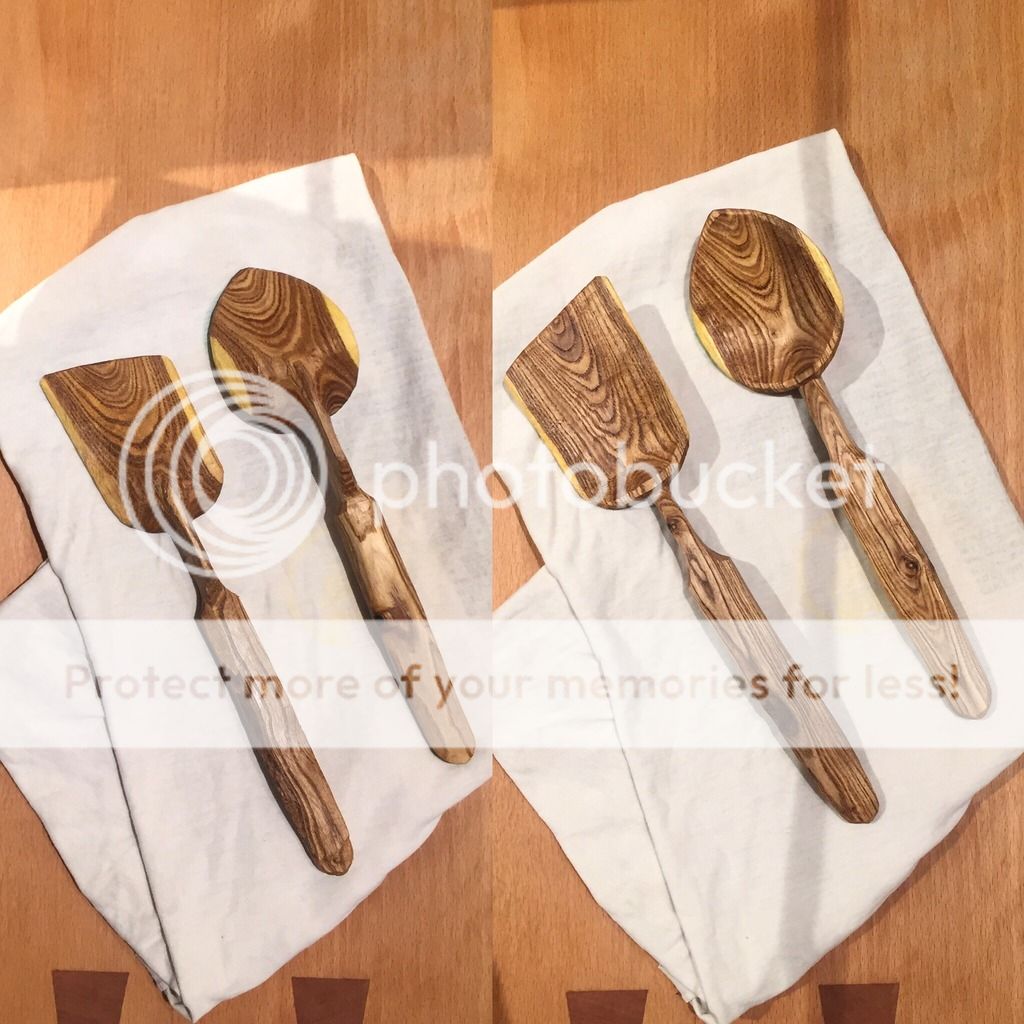



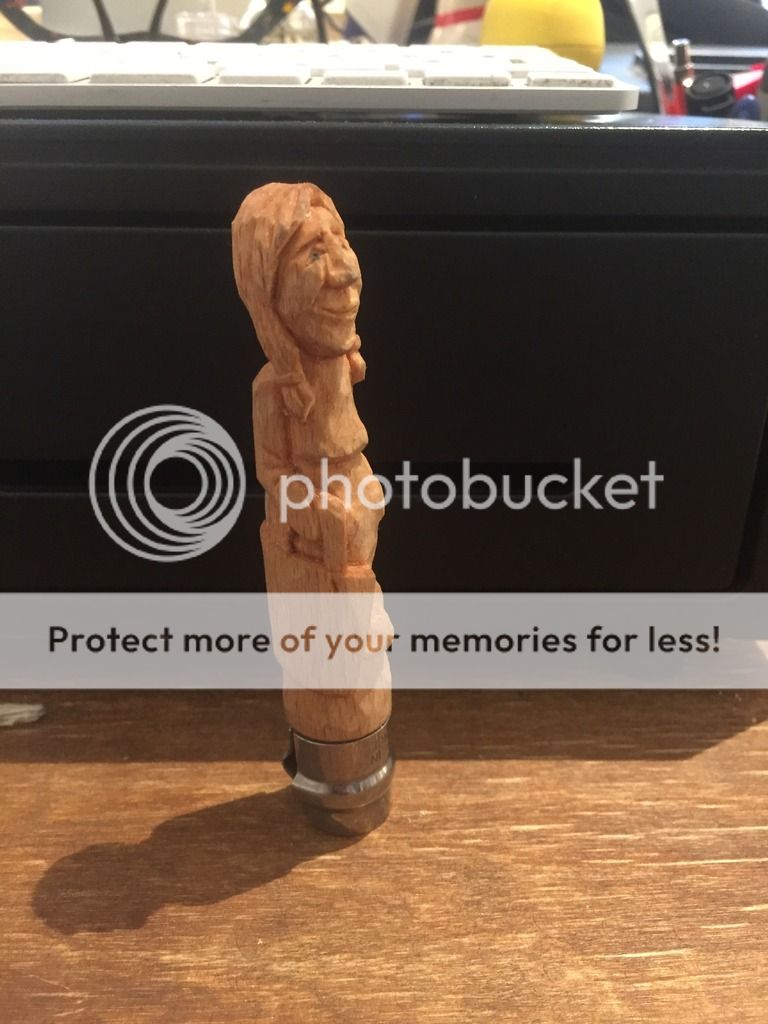
Hey guys, It's been a while.
Sorry for not showing up often, but with a little kid, a day job and the beginning of a furniture making shop, time is not my more abundant possesion right now

some spoon carving too

a little key ring

and last a nº8 opinel modified for cutting leather for my wife

 Untitled by Blake Blade, on Flickr
Untitled by Blake Blade, on Flickr  Untitled by Blake Blade, on Flickr
Untitled by Blake Blade, on Flickr